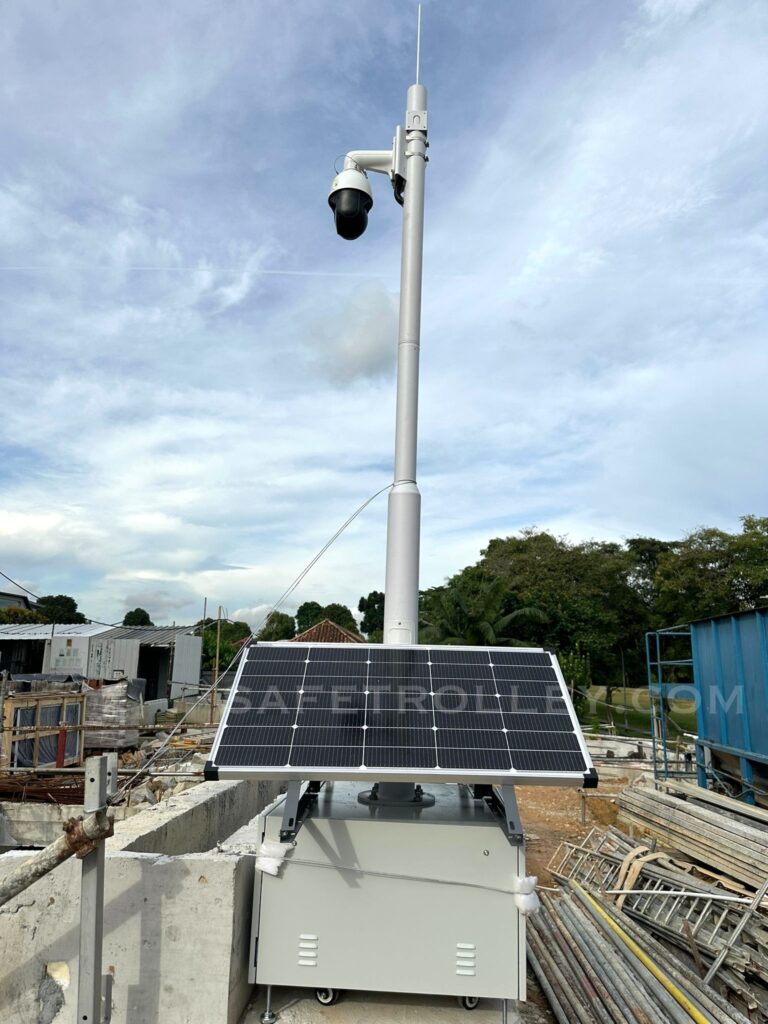In the ever-evolving landscape of construction sites, safety remains a paramount concern. To address this critical issue, the Ministry of Manpower (MOM) in Singapore has mandated the implementation of Video Surveillance Systems (VSS) for construction worksites with a contract value of $5 million and above, effective from June 1, 2024. This proactive measure aims to enhance workplace safety and health (WSH) performance by identifying risks, deterring unsafe behaviors, and facilitating accident investigations.
What is a Video Surveillance System (VSS)?
A VSS is a network of cameras, monitors, and recorders designed for surveillance purposes. It serves as a powerful tool to monitor work activities, detect potential hazards, and influence workers to operate in a safer manner. By capturing real-time footage, VSS provides valuable insights into on-site operations, enabling timely interventions and corrective actions.
Scope and Area Coverage Requirements
The VSS requirements apply to specific locations within construction worksites, including areas where work at height, scaffold and formwork erection/dismantling, excavation works, lifting operations, industrial truck usage, vehicular traffic, loading/unloading zones, and confined spaces are carried out. However, it is important to note that 100% coverage of the entire worksite is not mandatory.
Technical Specifications and Data Storage
To ensure effective surveillance, the cameras employed for VSS must meet specific technical requirements. These include recording color images at a minimum resolution of HD 1080 (1920x1080 pixels or equivalent), capturing at least 12 frames per second, supporting common multimedia container formats for exporting recorded footage, and incorporating date, time, and camera identification stamps.
Furthermore, the video footage must be stored for at least 30 days from the date of recording. In the event of a reportable incident, such as dangerous occurrences, fatal injuries, major injuries, or occupational diseases specified under the Workplace Safety and Health (Incident Reporting) Regulations, the footage should be retained for at least 180 days.
Privacy and Data Protection Considerations
While prioritizing safety and security, organizations must also comply with data protection obligations under the Personal Data Protection Act (PDPA). This includes implementing clear rules on VSS usage, restricting deployment to areas with safety and security concerns, implementing data protection safeguards and controls on storage and access, and adhering to retention periods for recorded footage.
Grants and Resources
To support the adoption of VSS, eligible small and medium enterprises (SMEs) can consider applying for the Productivity Solutions Grant (PSG), which provides grant support for pre-scoped VSS with artificial intelligence (AI) solution packages. Additionally, the WSH Council's website offers a comprehensive WSH Guide on VSS, providing guidance on deployment and installation.
Embracing VSS: A Proactive Step Towards Safer Worksites
The implementation of VSS for construction worksites represents a proactive step towards enhancing WSH performance and fostering a culture of safety. By leveraging the our solar powered CCTV system for construction sites, construction companies can identify and mitigate risks, deter unsafe behaviors, and respond promptly to incidents. As the industry continues to prioritize worker well-being, the integration of VSS serves as a valuable tool in creating safer and more compliant construction environments.

